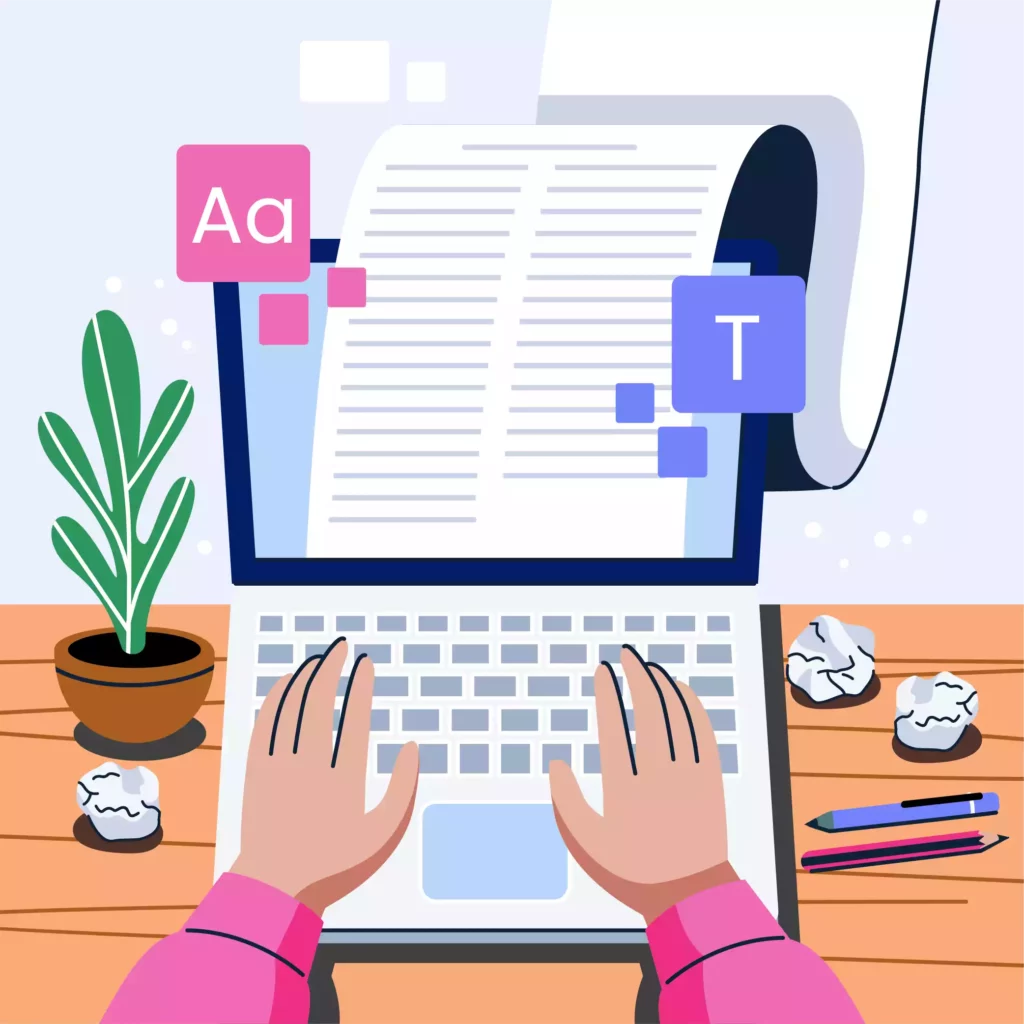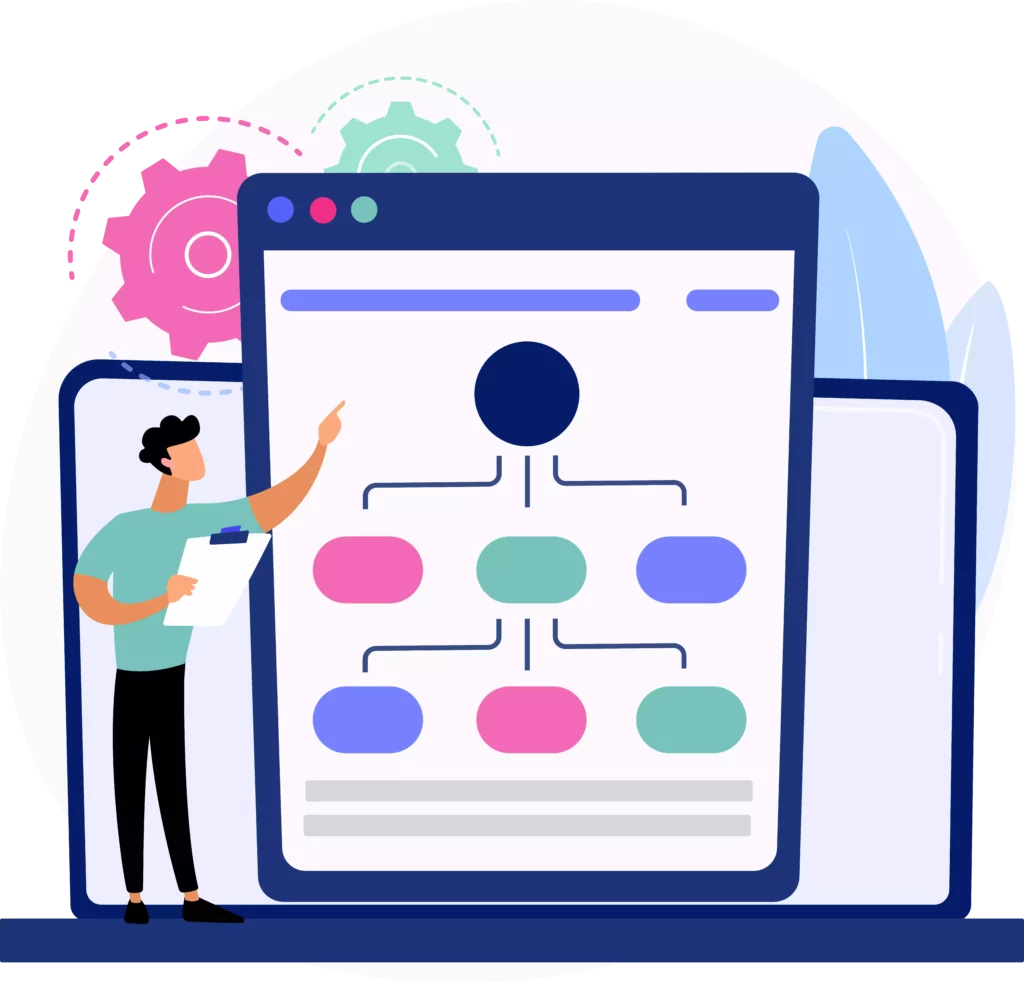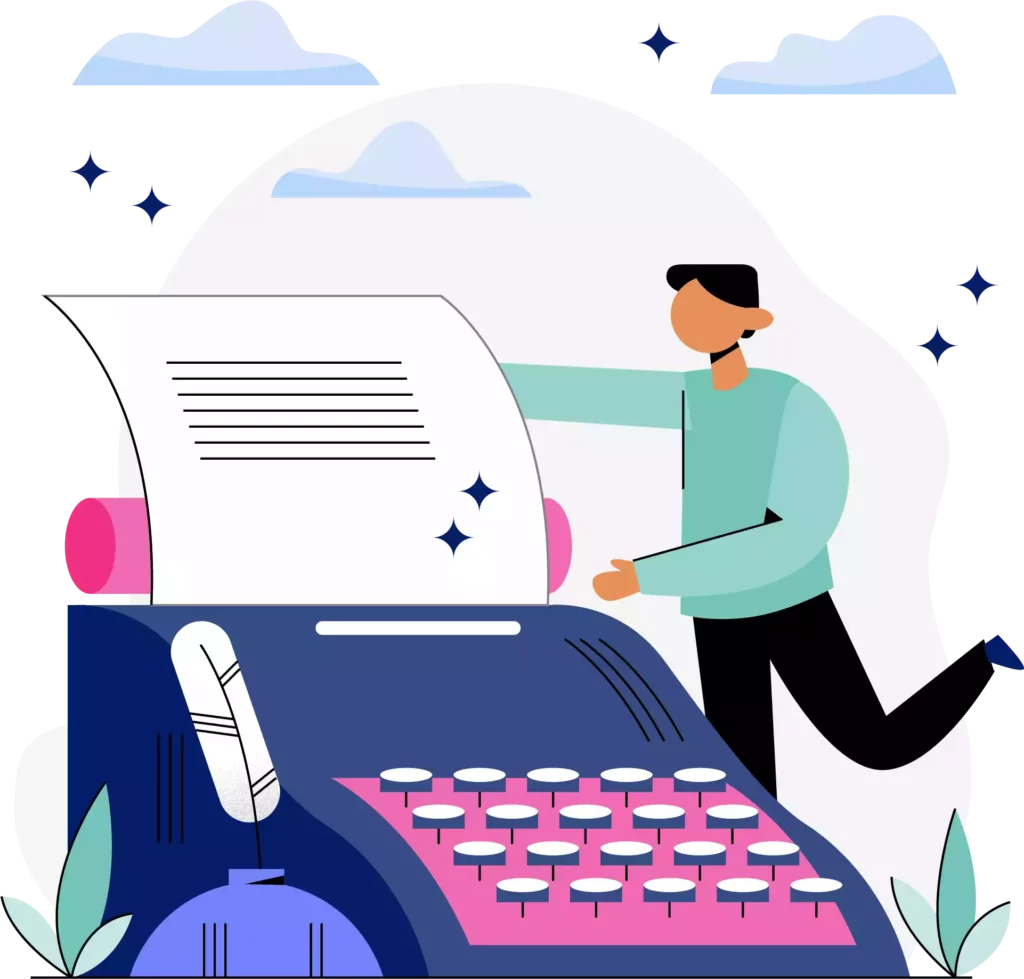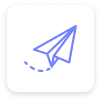Optimizing your Landing Page Copy to get Leads.
Landing page copy can be tricky, because it is so individual to the business and their brand and personality. Not to mention, the technical aspects like marketing funnel and SEO need to be factored in too. However, when done right, it becomes a key element to converting leads. Let us start from the basics to know how to get to conversion optimization.
What Is a Landing Page?

A landing page is the web page that your customers come to from a specific advert or link. This means landing pages are specifically catered to a certain targeted group. For example, if you’re selling special candles for Diwali, your landing page from a Diwali related ad would have copy regarding Diwali and its celebration. This is called Message Match.
Landing pages can have a complex or simple structure depending on which part of the marketing funnel your leads are at, and the kind of business you’re running.
Where Do I Start With Copywriting?

Whether you’re a veteran writer, or someone who just grasped the basics, the truth is, copywriting is not difficult. You don’t need to be the next Shakespeare to write something people will read. Copywriting is not about how well you can write, but how well you can persuade. You have to use the right words at the right time (or place) to convey to your customers that they NEED to buy your product. If you persuade well, you’ve already converted people.
How Would Copywriting for Landing Pages Differ?
Copywriting in landing pages are different because you have to consider the marketing funnel. If your leads are new or cold, and you want to warm them up, you need to use different type of persuasion in your copy than say, if your leads are extremely warm and they need just a small push to convert. Essentially, you have to be mindful of how exactly your reader is feeling about being on the landing page right now and how skeptical they are of your brand.
So how do you use the powers of persuasion in your landing page?
Learn about your leads:
Before you start putting your fingers to the keyboard, determine what kind of people will be clicking on the link leading to your landing page. Think about their age, demographics, their habits and lifestyle. This way, you can craft your copy to suit your audience the best and really speak to them.
Find the value in your Landing page:
Before writing your copy, you also need to know some important things about your product itself. Why do you want to create a landing page for it? How would making a LP benefit the sale of this product or service (who is it meant for?), how are you going to drive traffic to it? These are the things you need to know to find the value of your LP. It can also be a USP.
Think about the funnel:
People coming from different traffic sources are at different places in the funnel and have different expectations. People coming to your landing page from paid social media ads are usually at the top of the funnel. These people what one calls “pain/solution – aware”, as they have identified there’s a problem to be solved, but don’t quite know how to solve it. This means your LP copy needs to cater to them by giving them as much high level info about your company, product and your offer as it can.
Compare this to someone who came from, let’s say an email, or a search link. They already know about your product, and are in the middle of your funnel. So for them, you can skip the introductions and go for a harder sell, and push them stronger.
Tailor your USP to your audience:
Your value, that is, why you are better than your competitors, is not always obvious to your audience. In fact, different selling points are unique to different kinds of customers. For example, if you’re selling a light bulb, how bright it is might be an important factor to a certain type of customer. To another type of customer, the kind of hue the light bulb has probably has more importance. To both these customers, you have to sell your product using different USPs, and different landing pages that specifically cater to those particular needs.

Plan your landing page structure:

Structure is very important in your landing page. Think of the information hierarchy in your landing page as a walk that you are taking your customer through. By the end of that walk, you will have to convince your customer to buy your product. But if the road through which your customer walks (the structure) is broken and in disarray, they will instantly bail. A Basic landing page structure has:
- Headline
- Body
- Social Proof and Accolades
- Call to Action
Outline your order of information:
Make an order in which you will present the information in your landing copy. This can be done by thinking backwards from your landing page’s final goal. Put yourself in your reader’s shoes. How can you make the order so that it smooths naturally for your customer? What objections might your people have and how can you address them? Here’s a simple structure to get you started:
- Pain points – what are the problems that your lead is facing that your product will solve?
- Benefits – features but spun to look like advantages
- Uniqueness of offer or product – why is your product better than your competitors’?
- Fears and Objections – how will you resolve them?
- Call to Action – A strong push to get your lead to buy.
Use age old copywriting tricks:
Although landing page copy needs to be crafted specially keeping in mind the characteristics of landing pages, there’s no harm in using classic copywriting techniques to give yourself a little head start to pique your customers interest. This includes writing a snazzy headline, converting features into benefits, addressing pain points etc. And most importantly, ALWAYS include a CTA at the end, and optionally multiple CTAs throughout.
Make your copy non-conforming:
Don’t use generic templates and common examples or phrases. Yes, they might be common because they work well, but you also have to remember that they are common, and so your readers will already have come across something similar a thousand times. Internet users can sense ingenuity on the webpage surprisingly quickly. This is why clickbait titles and grandiose promises might get you leads, but never gets you converts. With empty fluff copy, you are setting yourself up to fail.
What is actually valued is authenticity. A landing page is one of the few platforms where you are given free reign over language and structure. Utilise it so that you can bring out your brand’s voice and highlight your business’s philosophy and beliefs. Use the copy to not only talk about the product, but tell a story. This way, you make people emotionally invested in your brand, which is proven to have a much higher conversion rate than just using generic templates.
Like any other copy, landing page copy will also excel without doubt if you stick to your true self and let the customers feel your trust in the product and your brand. If you have Google Analytics, you can set it up for different landing pages or even split test the same ones to see how they are performing to know which customers are invested in your brand and which aren’t (and why). This way you can optimize the future landing pages to be better and convert more rapidly and efficiently.






